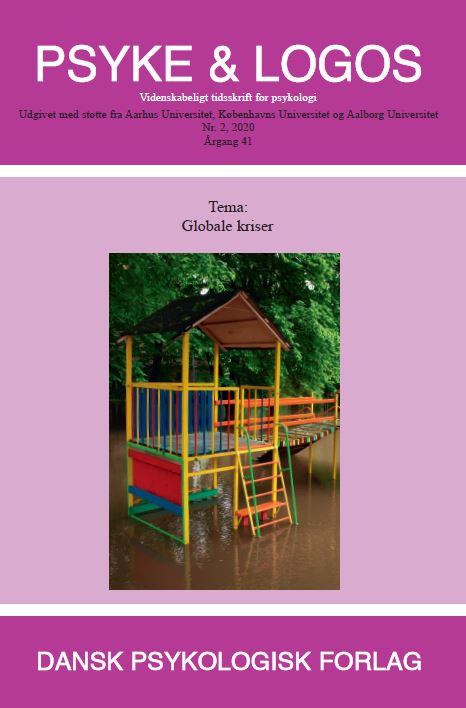Social marginalisation as a resource? User perspectives on the Covid-19 crisis in drop-in centres and homeless shelters
DOI:
https://doi.org/10.7146/pl.v41i2.127512Keywords:
COVID-19, Corona, Marginalization, Homelessness, Socially disadvantaged, User perspectiveAbstract
This article examines the strategies employed by users of drop-in centres and homeless shelters in order to get by during the first wave of the Covid-19 crisis in Denmark. Shortly after the nationwide lockdown in March 2011, socially marginalised citizens were categorised as being particularly at risk in terms of the risk of contagion and the ability to isolate in case of Covid-19 illness. However, there is a lack of knowledge about the strategies employed by socially marginalised citizens – including the homeless or citizens with problematic substance use – during crisis situations. Often, they are described as people who are responded to, but without their own ability to respond to crises such as the current Covid-19 pandemic. Building on qualitative interviews and ethnographic fieldwork, the article shows how users of dropin centres and shelters draw on experiences that might otherwise be viewed as central dimensions of a marginalised life – prison stays or life on the street as resources that helped them manage during the Covid-19 crisis. Thus, during the first pandemic wave, user perspectives challenged ideas about social marginalisation in narratives that further renegotiate ideas about the relation between the marginalised and the majority population.
Downloads
Published
How to Cite
Issue
Section
License
Ophavsret er tidsskriftets og forfatternes. Det er gældende praksis, at artikler publiceret i Psyke & Logos, som efterfølgende oversættes til andet sprog, af forfatteren frit kan publiceres i internationale tidsskrifter, dog således at det ved reference fremgår, at den oversatte artikel har et forlæg i en dansksproget version i Psyke & Logos. Artikler kan frit deles og linkes til på forsknings- og undervisningsnetværk (så som Blackboard). Link foretrækkes, fordi det giver oplysning om brug af tidsskriftets artikler.




